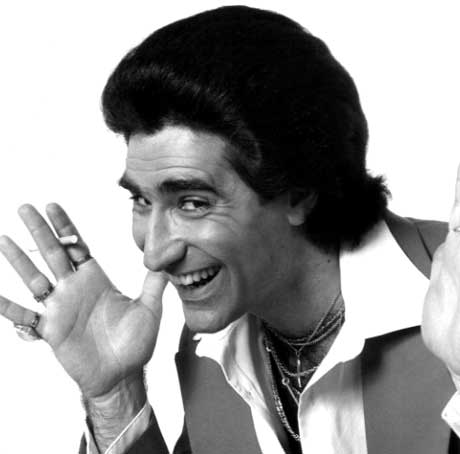Chipotle is the furthest thing from fine dining, but Twitter is helping to open up the voice of consumers.
Graham Elliot, a judge on Fox’s reality television competition MasterChef and owner of the Graham Elliot restaurant in Chicago, is known to – in his words –  "publicly humiliate" customers who complain about the restaurant online.
"publicly humiliate" customers who complain about the restaurant online.
But if he thinks the complaint is genuine, Elliot said he will send a private message or call to invite the customer to try the restaurant again.
"It’s the democratisation of fine dining," he said.
According to this AP story, many U.S. eateries have been tweeting about specials or other events for a while. But recently restaurants – locals and chains – have started Twitter conversations with customers.
US chains like Chipotle and Pei Wei even have full-time social media employees.
Previously corporate-sounding restaurant Twitter feeds now are filled with streams of replies directly to diners, in some cases performing nearly instantaneous customer service.
Chris Arnold, one of the several people who Tweet for Chipotle, said the volume of Tweets is the greatest challenge for such a big chain, adding,
"You can either pretend that (the conversation) isn’t happening or decide not to be part of it. To us, it just really makes sense to use those as tools."
That’s nice. Now, all those consumers out there, start tweeting or e-mailing the local health department every time you see some dodgy food safety practices or claims.

 “Dude, I’m on the toilet, and I’m e-mailing you,” or something like that.
“Dude, I’m on the toilet, and I’m e-mailing you,” or something like that. Twitter sucks.
Twitter sucks. Do you remember how you first heard about the latest round of
Do you remember how you first heard about the latest round of 